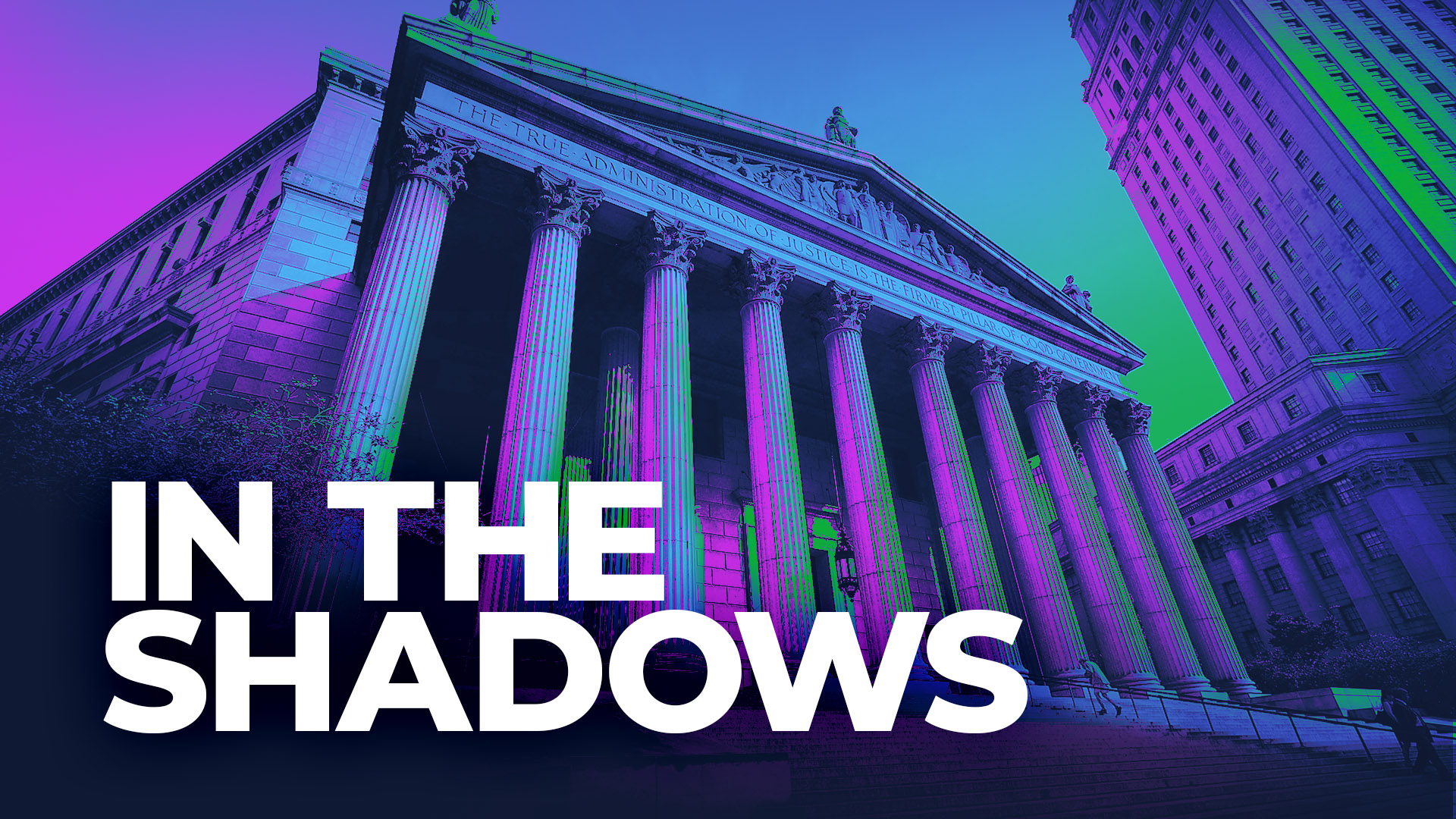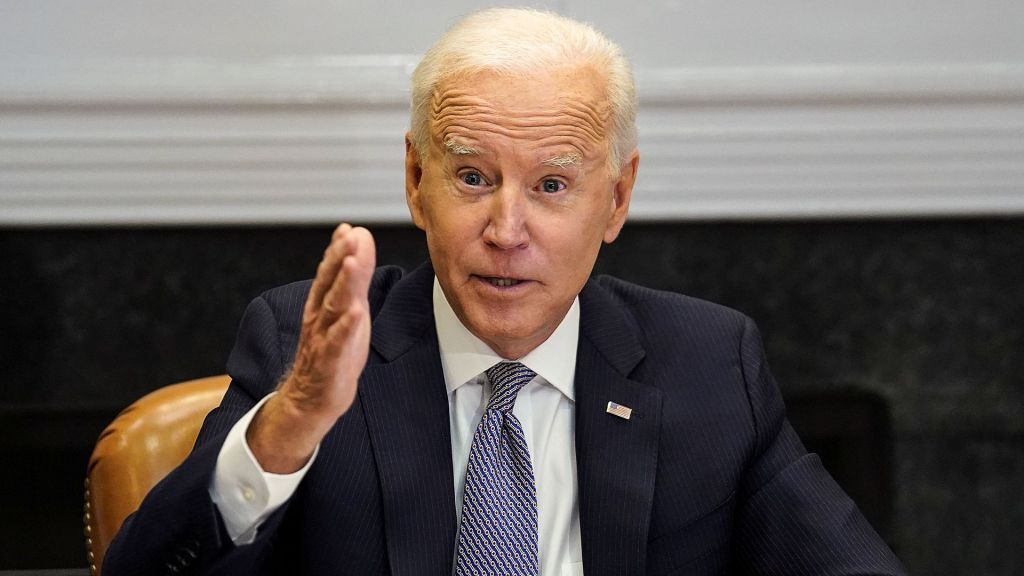
The Supreme Court has turned to its ‘shadow docket’ more frequently and for bigger decisions. Between November 2020 and September 2021, the Supreme Court used its shadow docket for emergency injunctions seven times. Steve Vladeck, the Charles Alan Wright Chair In Federal Courts at the University of Texas Law School testified as much to a Congressional committee and compared that to the previous five years, when the court invoked emergency injunctions just five times.
Historically, the court used the shadow docket for more run-of-the-mill issues, like giving people more time to file paperwork or extending oral arguments.
“Although the shadow docket has existed for as long as there has been a Supreme Court there is no disputing it has grown in prominence in the past four years,” Vladeck said in Congressional testimony. “Not because the total number of these orders has increased, but because the court is acting more aggressively in these cases than in the past.”
The Supreme Court’s first ruling on Texas’ controversial abortion law came through the shadow docket. The justices released their decision in the middle of the night.
Shadow docket isn’t a legal term. It was invented about six years ago to reference decisions made by justices that aren’t part of the court’s ordinary proceedings. These decisions don’t include oral arguments; lawyers instead write their arguments in a brief and submit them.
“When the Supreme Court hears a case on the merits docket, it’s been through multiple lower courts, it’s been through at least two full rounds of briefing in the Supreme Court; briefing that unfolds over many months,” Vladeck said. “The shadow docket, we’re talking about cases that might get to the Supreme Court within days of being filed in the lower courts, where the Supreme Court maybe gets one abbreviated round of briefing with very little input from other parties, and where there’s no argument. So, I think the argument is sort of part of it, but it’s just such a completely different way to consider what are in some cases, some pretty important constitutional questions that affect millions of Americans.”
The shadow docket is only supposed to be used in cases of emergency, where the applicants would suffer “irreparable harm” if they don’t get a ruling right away.
“I don’t disagree that there will always be at least some need for a shadow docket but not all of these cases really are emergencies,” Vladack said in testimony to the House Judiciary Committee in February.
As these decisions are only to be used for emergencies, the decisions aren’t supposed to be final. But that’s often what happens in practice. Take for instance, the pandemic eviction moratorium, when the Supreme Court lifted a stay of an order blocking President Biden’s eviction moratorium.
“Historically, that would have been just a temporary ruling, to allow the court time to research the legality of the eviction moratorium, but here it’s effectively permanent,” Vladeck explained. “The Biden Administration drops the eviction moratorium once the Supreme Court says, ‘We’re not going to let it be in effect while the appeal is progressing.’”
Vladeck said shadow docket decisions end up being final decisions because the parties involved think oral arguments won’t get the court to change its decision so they don’t even try.
Currently, Justices aren’t required to explain their decisions or even say how each Justice voted.
As the court turns to the shadow docket more frequently and for bigger decisions, lawmakers on both sides of the aisle have expressed concern about the court’s transparency in doing so.
“I believe we have an opportunity as a committee to look into a number of bipartisan, mutually selected examples and write the court and ask them to give us, in those specific cases that are of public interest, for a more complete answer,” Rep. Darrell Issa (R-CA) said.
“We have concerns about transparency, but it really goes into two things,” Rep. Zoe Lofgren (D-CA) said. “One, the credibility of the court, and that’s absolutely important that the court have credibility in the land, and transparency relates to that, but also transparency in terms of the implementation of decision making.”
Justices themselves are even weighing in: Justice Elana Kagan wrote a two paragraph dissent on the recent Texas’ abortion ruling, focusing not on the decision but how the decision happened.
“The majority has acted without any guidance from the Court of Appeals—which is right now considering the same issues,” Kagan wrote. “It has reviewed only the most cursory party submissions, and then only hastily. And it barely bothers to explain its conclusion…the majority’s decision is emblematic of too much of this Court’s shadow-docket decision making—which every day becomes more unreasoned, inconsistent, and impossible to defend.”
Justice Samuel Alito defended the shadow docket in a recent speech at Notre Dame University. Rather than calling it a shadow docket, Alito instead called it an emergency docket, saying there is a reason decisions are announced as they are.
“You can’t expect the E.M.T.s and the emergency rooms to do the same thing that a team of physicians and nurses will do when they are handling a matter when time is not of the essence in the same way,” Alito told the group.
“This is I think again, where the court’s lack of explanations really do at least exacerbate charges of unfairness because maybe there’s an application, maybe there’s a good reason why the court wasn’t satisfied, that the harm that these policies are causing by going into effect justified the relief, we’re left to guess though,” Vladeck argued.
Not only are the decisions sometimes veiled, it can be hard to locate the decisions on the Supreme Court’s website.
“Further complicating the accessibility of what the court is doing, is that the court itself is inconsistent in how it treats these rulings in dissemination,” Vladeck said. “Sometimes they’re treated as opinions of the court because the court comes together and writes three or five pages. Sometimes they’re treated as just orders that show up on the orders list without any explanation. Sometimes they show up as opinions related to orders where there is no majority opinion, but there are concurrences or dissents. Sometimes they don’t show up on the court’s webpage at all.”
Unbiased news.
Directly to
your inbox.
Free!
MOST POPULAR
-
 Getty Images
Getty Images
NASA warns that China is using civilian cover to weaponize space
Watch 4:01
Yesterday
-
 Getty Images
Getty Images
Hawaii begins process of removing World War II Ha‘ikū Stairs
Watch 0:52
Yesterday
-
 Getty Images
Getty Images
NPR editor resigns after accusing network of liberal bias
Watch 1:42
Wednesday
-
 Straight Arrow News
Straight Arrow News
Could the US see a Trump-Harris White House after the 2024 election?
Watch 3:05
Tuesday

